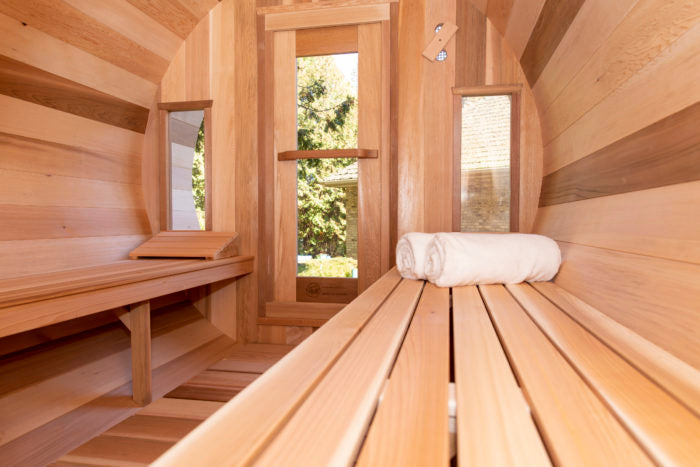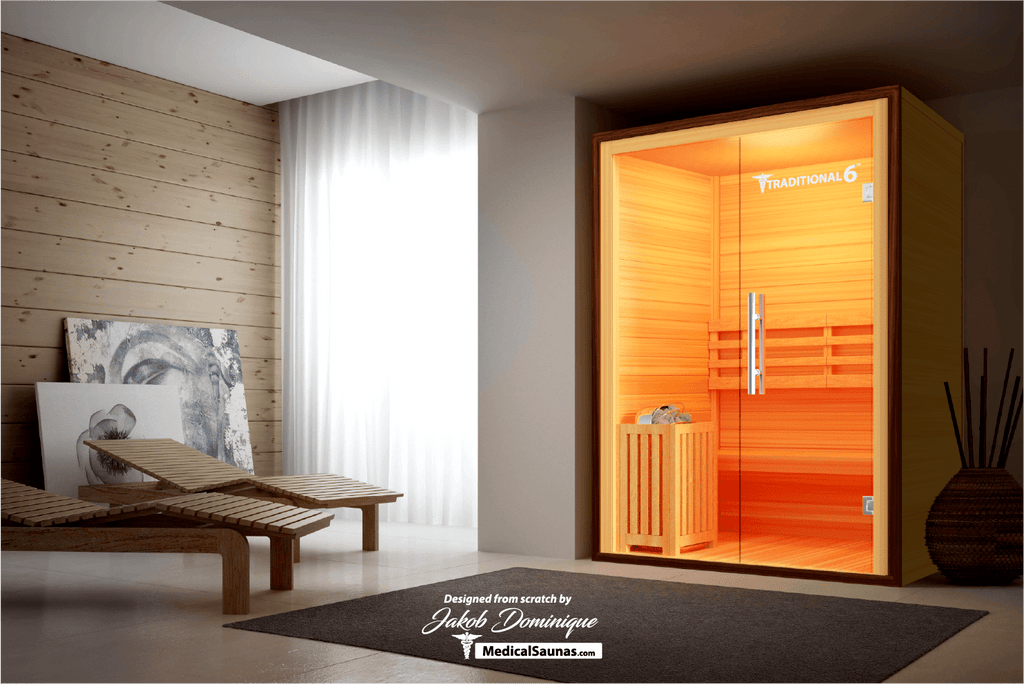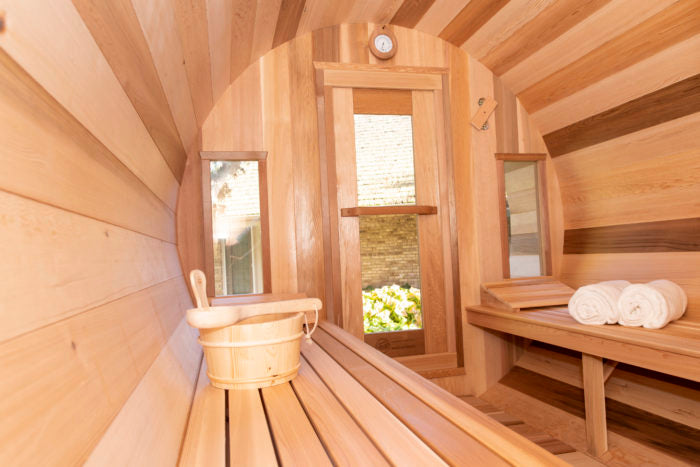Unknown Facts About Traditional Sauna
Unknown Facts About Traditional Sauna
Blog Article
Traditional Sauna for Dummies
Table of Contents6 Easy Facts About Traditional Sauna DescribedThe Best Guide To Traditional SaunaAll about Traditional SaunaThe Facts About Traditional Sauna UncoveredMore About Traditional Sauna
A lot of the weight shed in a sauna is water loss and is re-gained upon rehydrating. Nevertheless, undoubtedly sauna can be an integral part of a healthy weight management program. To take a look at the differences between typical and IR saunas, I will certainly separate these right into proven, academic, and produced differences.Thus, the best point in the saunawhich goes to the ceiling directly over the sauna heateris generally in between 185 and 190 F. Claims that a traditional sauna goes beyond 200 F is just not real and not suitable for electric saunas marketed in the US. The temperature level for a far-infrared sauna is generally set between 120 and 140 F; nevertheless, unlike the standard sauna, the goal in and IR space is not to achieve a high temperature level.
As a result of this, the temperature difference is almost unnecessary, because extreme sweating causes both sauna types, yet the technique of heating up the body is different. In an IR sauna the bather will really feel hot and will sweat profusely, however at a lot lower temperature levels (Traditional Sauna). Therefore, if the goal is to invest longer durations of time in the sauna, the IR sauna is a great choice
When a traditional sauna has been effectively heated, the sauna wall surfaces are cozy, the air temperature has attained established temperature and the rocks are incredibly heated. As an interesting side note, the warmed wall surfaces and the rocks are discharging far-infrared warm, combined with the warmed air, to produce an "covering warmth".
Traditional Sauna Can Be Fun For Everyone

When the heat is attained, the components cycle on and off to preserve the heat. Most standard sauna individuals delight in pouring water over the rocks to create heavy steam to increase sauna humidity degrees. The advantages of pouring water over the rocks consist of: making the space a lot more comfy, moistening the nasal passages, and permitting the usage of aromatherapy by blending necessary oils with the water.

When the energy gets in the body, it triggers the body temperature level to enhance and eventually results in sweat. In an infrared sauna it is essential for the emitters/heaters to continue to be on virtually constantly. Since there is no mass of rocks to maintain warmth, the sauna will cool down if the emitters turned off.
As stated above, the sauna bather in an infrared space desires to position himself before operating emitters to get maximum gain from the heat. The home heating time for both spaces can be really different, depending on just how More about the author the spaces are used. For a typical sauna, a bather ought to allow 30-40 mins for the space to attain a preferred temperature level and to correctly pre-heat the rocks.
The Single Strategy To Use For Traditional Sauna
A well constructed sauna will normally attain a temperature of 150-160 F in concerning 30-40 minutes. For hotter temperatures, the space may require to warm for a longer duration.

Standard saunas tend to be bigger (thus make use of more electrical energy) than infrared saunas, although standard saunas are certainly readily available in one and two individual sizes. For a two-person traditional sauna, 5x6 or 5x7 size is most popular. The leading bench go right here can conveniently seat 2 or three people and is also enough time to exist down throughout the sauna session.
The Best Guide To Traditional Sauna
The ordinary price per kWH of power in the united state is around $0.11, so a 4.5 kW heating system will cost roughly $.50 to compete one hour, if the heater runs continuously for one hour. Normally a sauna heating system will run for 75% of the initial hour and 50% of succeeding hours on since the aspects cycle once the established temperature is accomplished.

There is a hardly ever reviewed distinction in the click this social experience between the two areas. While our society has actually shed some of the social advantage of the traditional sauna experience, it can be really socially fulfilling (Traditional Sauna). From family time in the sauna, to heart-felt discussions with loved ones, to sauna partiesthe conventional sauna experience can bring about intimate interacting socially
Some Known Details About Traditional Sauna
Many higher end infrared rooms consist of tinted light treatment, sound systems and full-glass fronts.
Report this page